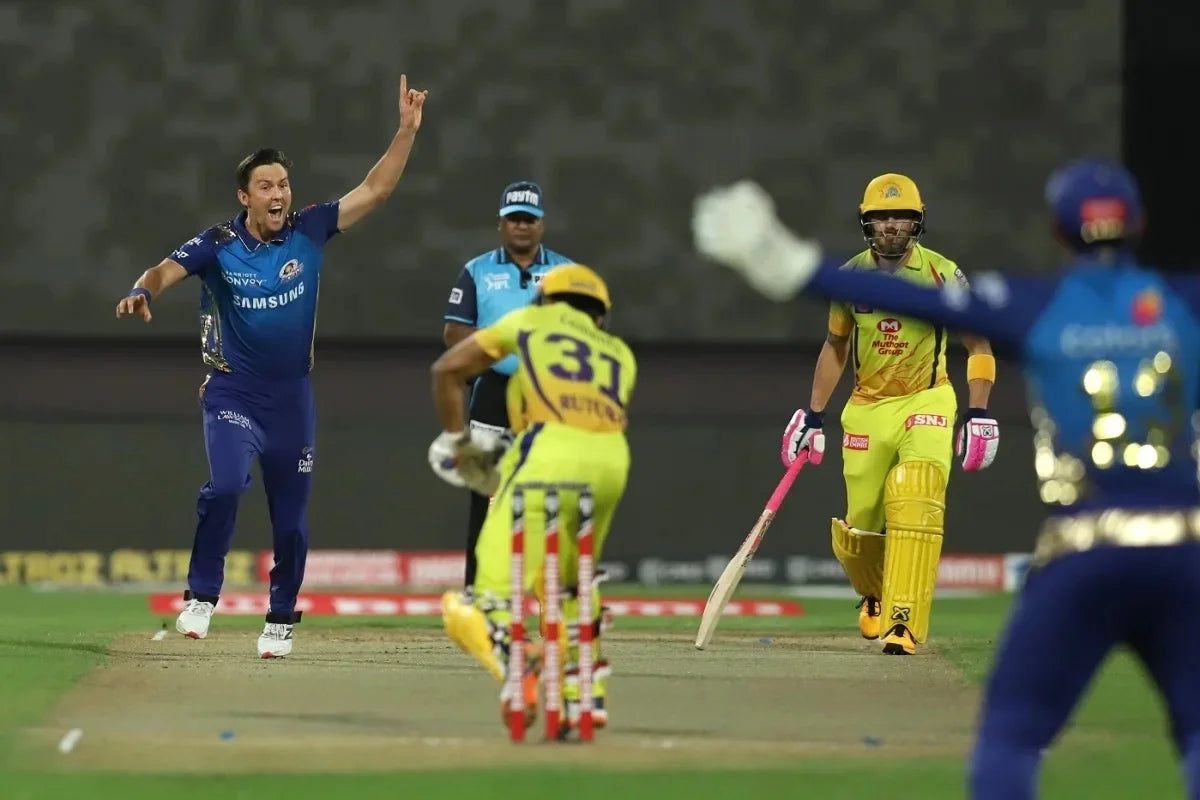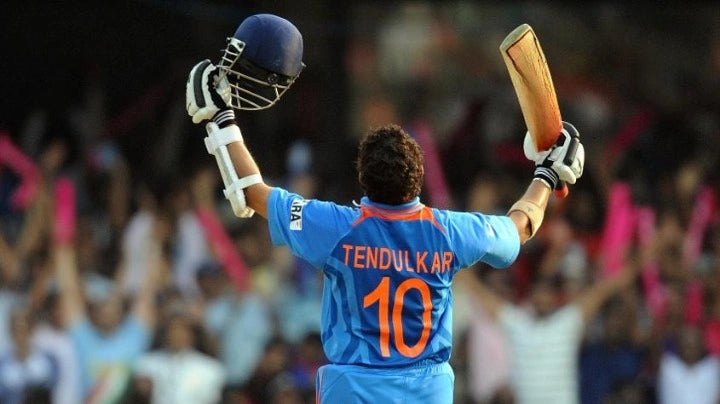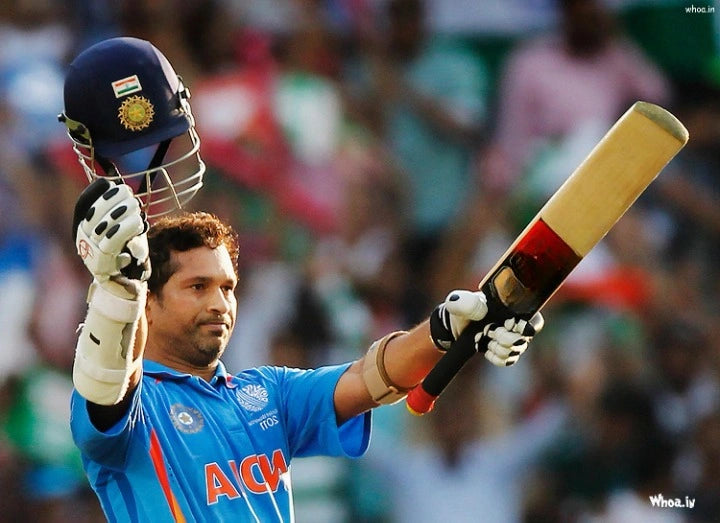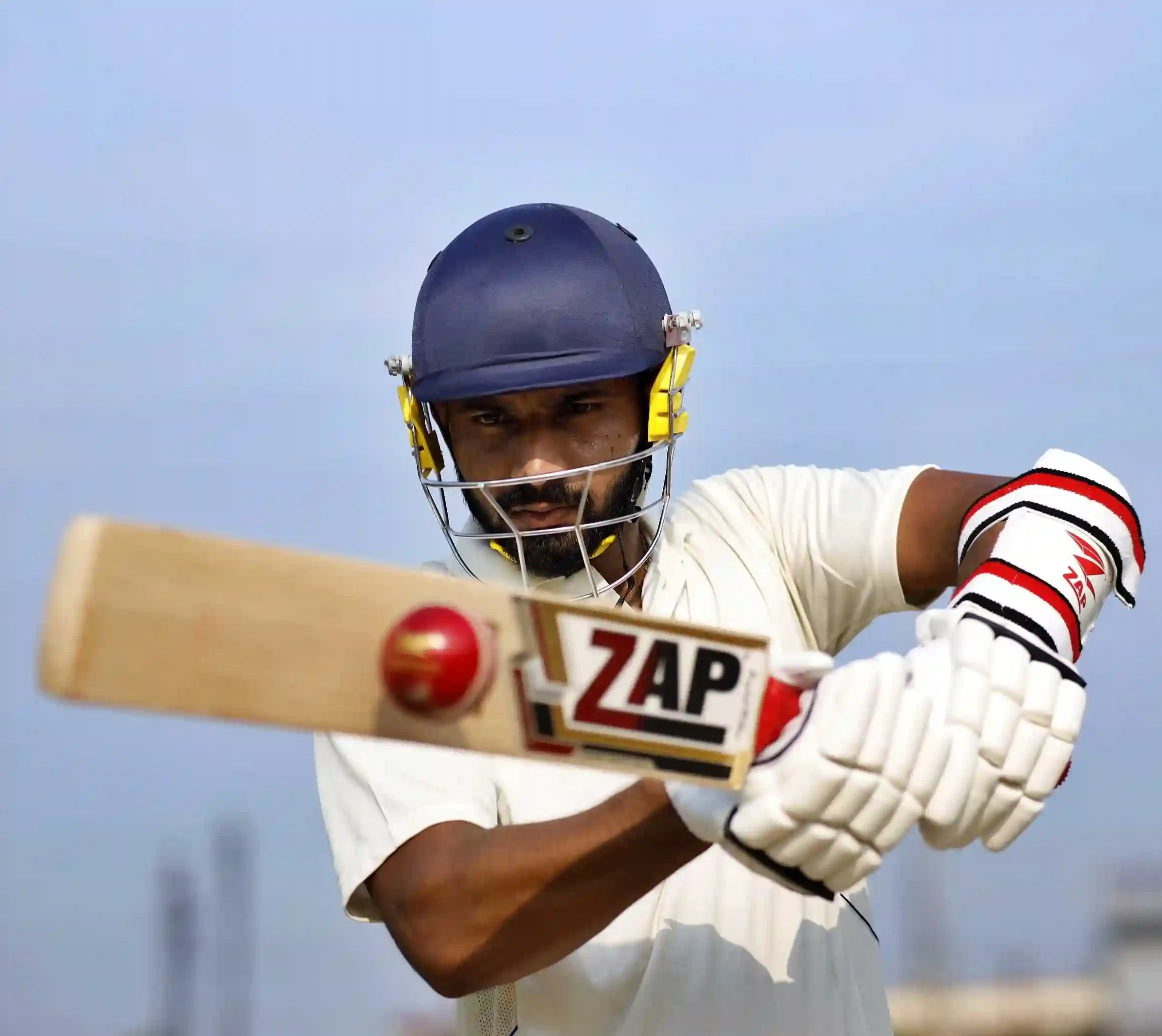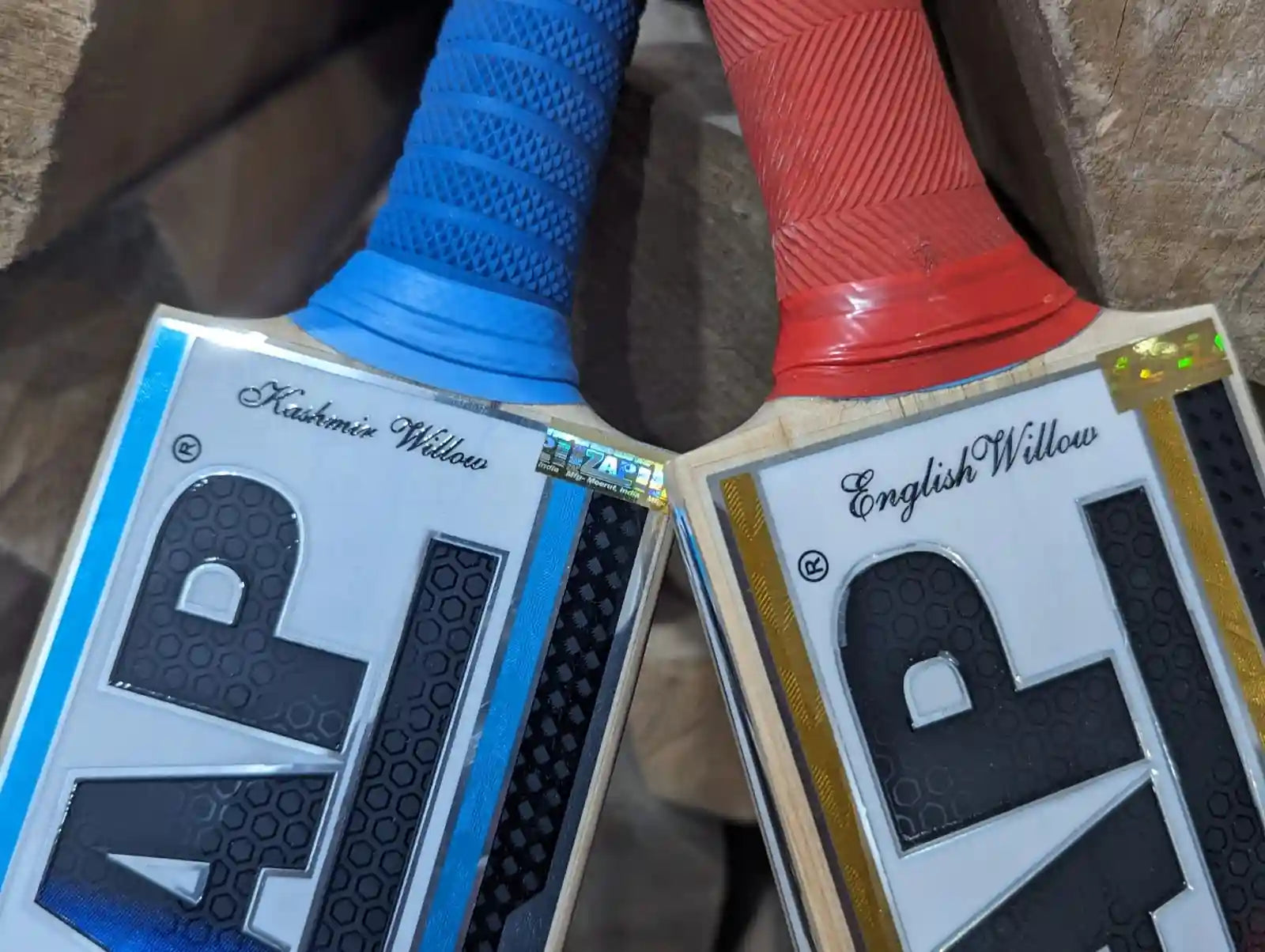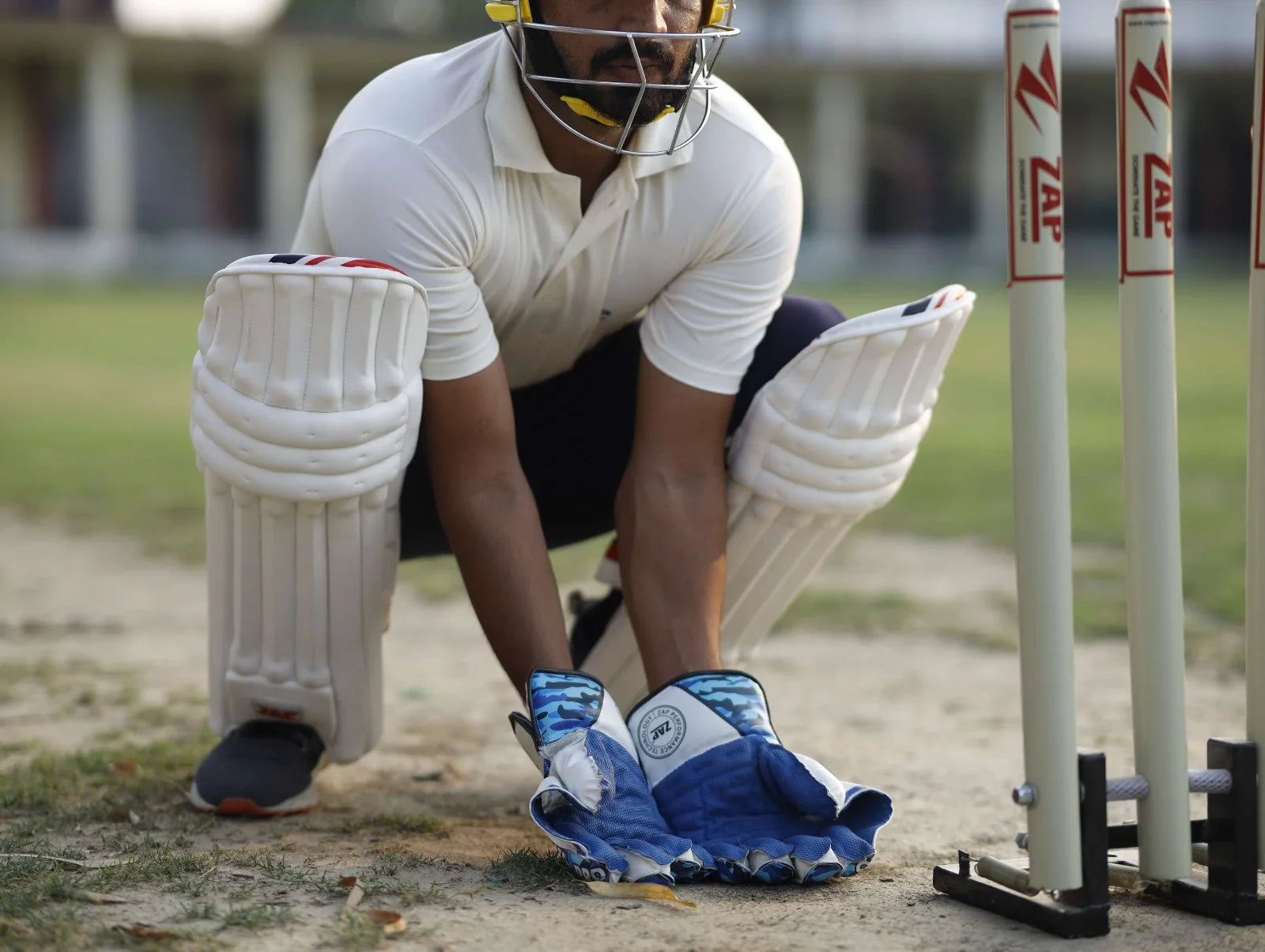Powerplay in Cricket: Exploring Strategies in ODIs and T20s
Inside the World of BCCI: Decoding the Cricket Giants
Most Runs in Cricket History: The Game's Biggest Legends
Most Centuries in Cricket: Dominating the Pitch
How to Calculate Batting Average in Cricket?
Cricket Bat Knocking Tips: Boost Your Game
For every batsman, hold they hold a cricket bat is extremely important as it affects your gameplay and performance. Though there are traditionals way of holding a cricket bat, players like Bradman and du Plessis have succeeded with unorthodox grips. It's essential to experiment and find your own style. There are different techniques like the V Grip, O Grip, Knott Grip, and Open Face Grip, each with its own instructions and benefits. Ultimately, there's no ideal technique, as successful players have used various grips based on their preference.
English Willow vs Kashmir Willow - Which bat should you choose?
Cricketers must select the right cricket bats to excel at the game. The two main types, English Willow and Kashmir Willow Cricket Bats are widely used by players. Cricket bat characteristics like sweetspot, grains, grading, length, and form are important in determining which one is the best. While Kashmir willow bats are more accessible and good for beginners, English willow bats have a balanced sweetspot and are lighter in weight. The quality of the bat is influenced by the grade of the willow. It's also important to think about the bat's length, handle comfort, form, and profile. The grade and type of willow affect the price. It's crucial to purchase a bat appropriate for your skill level. ZAP has a wide selection of cricket equipment that has been expertly created to motivate sportsmen of all skill levels.
Cricket Fielding Positions: A Tactical Guide


